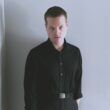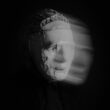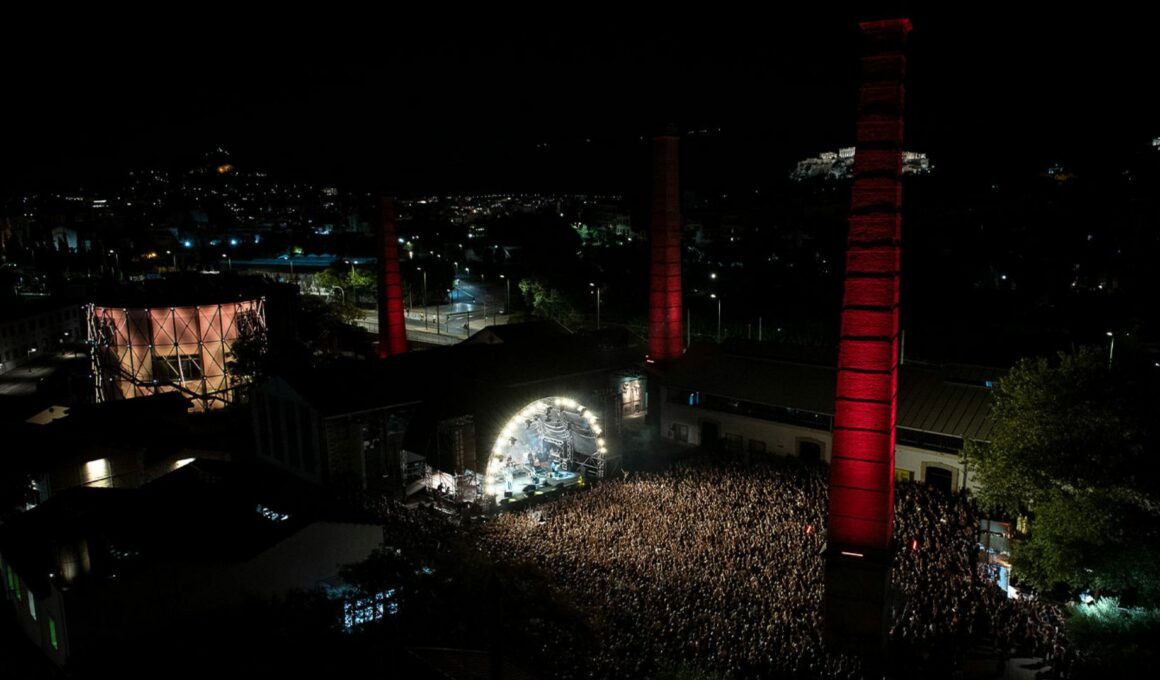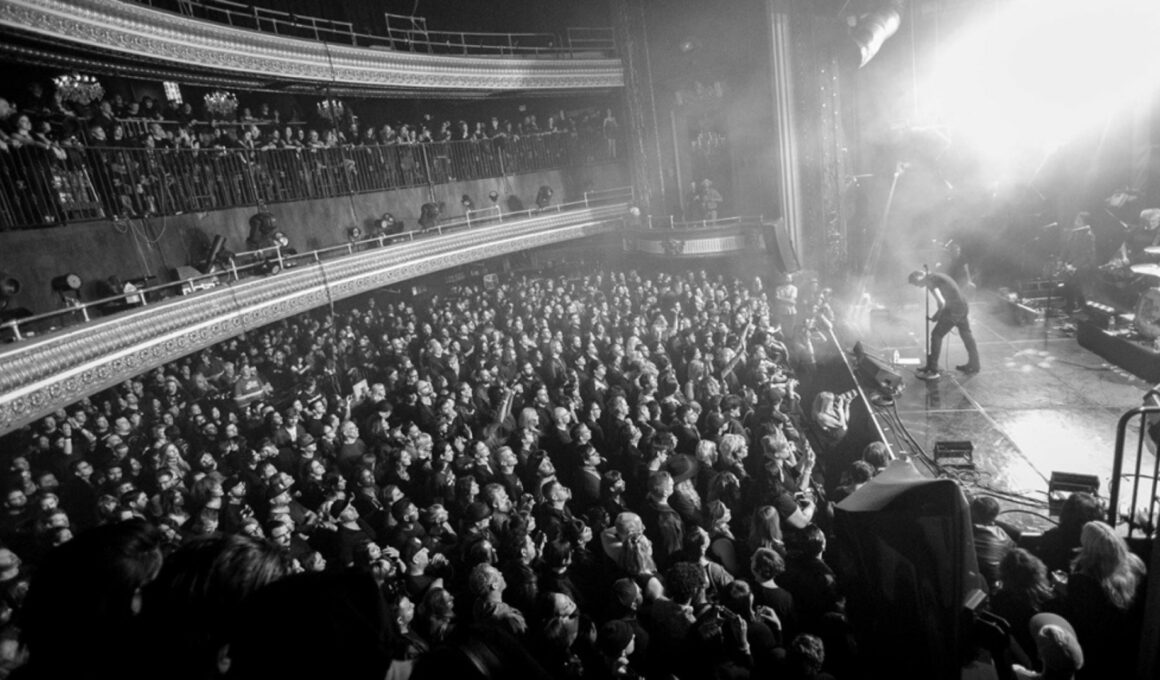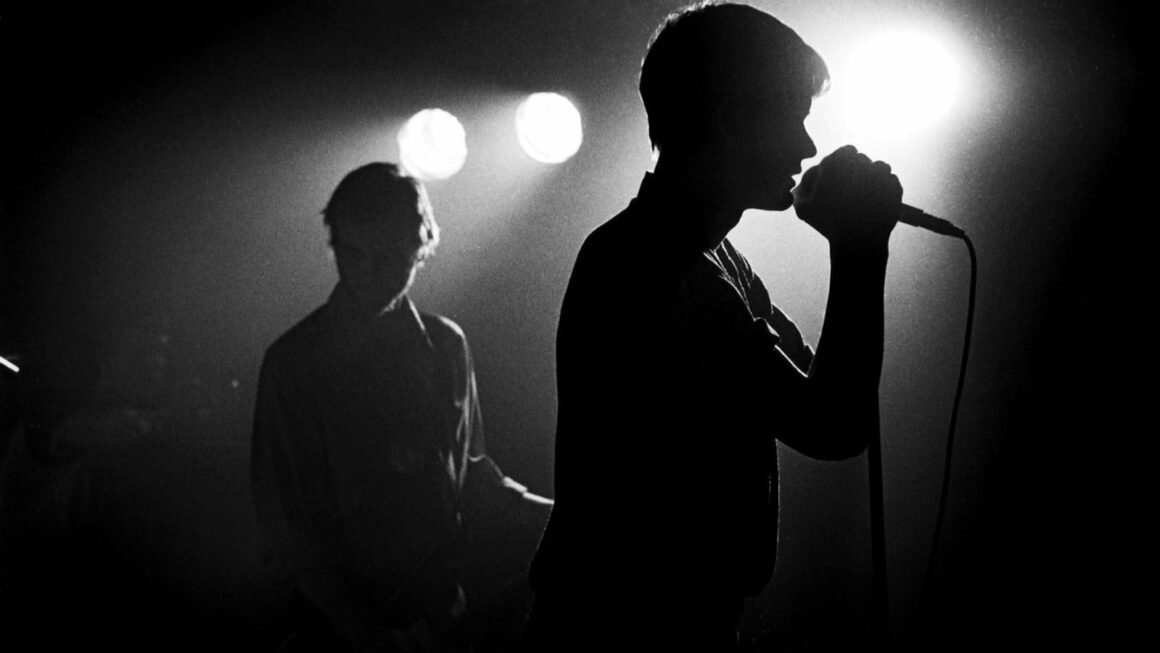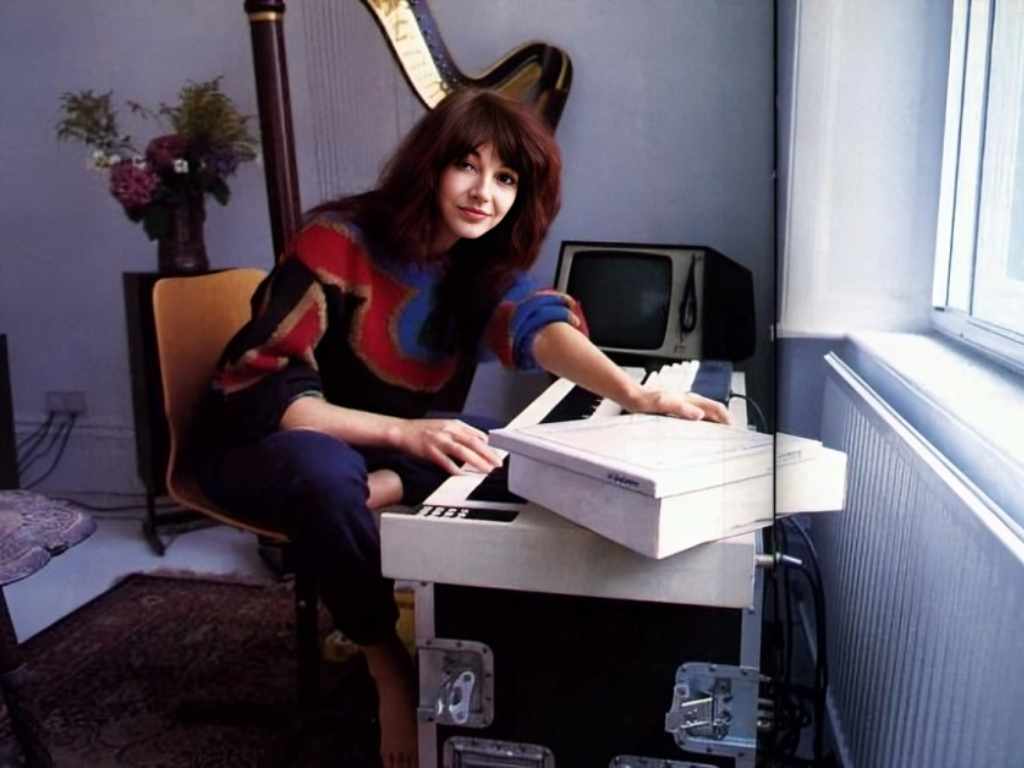
Ahead of Time: Kate Bush’s Never For Ever
Discussing the album that proved to be the catalyst to some of Kate Bush’s most experimental & avant-garde pieces.
Never For Ever was one of only two Kate Bush records not to have a title track. While the ballad “Never For Ever” was originally going to be included in the track listing, it was eventually left out except for some versions. The title is a reference to a somewhat Buddhist philosophy of the impermanence of emotions: The idea that no emotion, positive or negative, will remain forever and that the natural ups and downs are part of the ebb and flow of life.
What was significant with this album was not only did Kate Bush choose a new producer, Jon Kelly, the producer-artist collaboration was much more even, meaning that Kate Bush was a lot more highly involved in the process. This is evident in how the album really sums up her creative descriptor as an art rock artist. What was also done very skilfully by Kelly was the balance between more whimsical tracks such as “All We Look For” and “Blown Away”, with deeper, darker tracks like “Army Dreamers”. Creating this kind of emotional balance takes talent, and Kelly was able to translate Bush’s artistic intentions into something which was both left-field but also resonant and commercially viable enough to become her first number one album.
In this record, Bush started using synths more heavily, going beyond her rock inspired previous work and instead experimenting with tone and sound itself. The result of this were ethereal and shadowy arrangements which underlied some of the more sombre tracks, setting the mood for her narrative driven lyrics. In keeping with this deeper, darker musical atmosphere, she experimented with the topline – using her voice in places as an instrument and ranging from very high, almost violin-like vocalisations to deeper, huskier, bluesier vocals on tracks like “The Wedding List”.
Never For Ever marked an interesting turning point in Kate Bush’s career towards artsier and more experimental work, which in some ways can be summarised by the album art. Reminiscent of a stained glass window, Kate Bush herself is represented on the artwork as a sort of fey, theatrical figure with an element of flowing energy running from her through the rest of the artwork. The record is an overall study in the poetry and grandeur of narrative-based songs. Somehow both the lyrics and arrangements were able to perfectly celebrate the ups and downs of human emotions, showing how no single moment of musical tension nor of release lasts forever. Below we highlight five of our favourite tracks on Never For Ever in more detail.
Babooshka
“Babooshka” is one of Kate Bush’s most recognisable songs, partly as a result of its extremely memorable lyrics. The fact it is a story song harkens back to the time of folk music, blues, and other genres which focused on demonstrating feeling through narrative as opposed to description. The song is a masterpiece of high-energy, quirky art rock which interacts very well with the back and forth between husband and wife within the lyrics – a tale of deceit, espionage, and turmoil in love. The song also addresses the ravages of time as they destroy relationships and the price placed upon age and youth, with the female narrator talking about deceiving her husband by pretending to be a much younger woman. Content-wise, the themes are timeless. Music-wise, it sits very clearly in the eighties, but the inventiveness with the strings and production make it instantly listenable 40 years on.
Egypt
Just like “Babooshka”, “Egypt” is a similarly narrative-based song but this time one designed to personify a country, with Kate Bush’s producer making use out of synths in order to evoke the swirling sands of the desert. The personification itself creates for her a role as narrator as a smitten individual who has fallen in love with the country’s heart and soul. Moving away from the rock arrangements of her previous work, “Egypt” is a similarly minimalistic yet more experimental piece of work. It encapsulates the love for synths of the decade, yet still manages to turn them into something new.
The Wedding List
This is one of the songs which stands out as a dramatic change in vocals from Kate Bush as she explores huskier, deeper, and rougher edges to her voice. In it she shows her range and vocal prowess in the way in which she alternates between theatrical, high-pitched falsetto and low-pitched raspy choruses. The complexities of love are a similar theme which put it next to the better known “Babooshka” – however, it is also a study in how Kate Bush kept her edge vocally while moving more into the alternative art-pop/art-rock sphere – and these complexities fit into the wider context of no emotion being permanent.
Army Dreamers
Army Dreamers is one of the most recognisably ballad-based songs on the entire album which uses synths masterfully to create a magical, renaissance-inspired jangle of strings. This actually harks back to the baroque-pop of the Beatles in songs such as “For No One”. Bush continues her narrative-driven songwriting with a lyrical combination of both empathy for the lives described in the song as well as inner emotional expressiveness which shows her personal relatability to the lyrics even though her own life was very different.
Breathing
“Breathing” is one of the most overtly experimental tracks on the album and is reminiscent in some ways of Bjork’s deeper, darker experimental work such as “Pagan Poetry”. It follows the other tracks as being in some way an amalgamation of all the synth influences which are included in them and takes the detailed production which is evident across the whole album to a fine art. With less of a structure than some of the others, it is nevertheless easy to lose yourself in and is one of the most representative tracks of the album.
The success of Never for Ever and the experiments Bush did with production directly led to the album which followed it. The Dreaming was one of Bush’s most unconventional and experimental works, yet nevertheless went straight to number three in the charts. It also drew on similar thematic elements, but with a greater sense of adventure as opposed to the emotional turbulence depicted in some of Bush’s tracks on Never for Ever. This leaves Never for Ever as a seminal album in the sense that it gave Kate Bush the confidence to release more experimental work and proving the catalyst to some of her most avant-garde pieces.
Kate Bush
Never For Ever
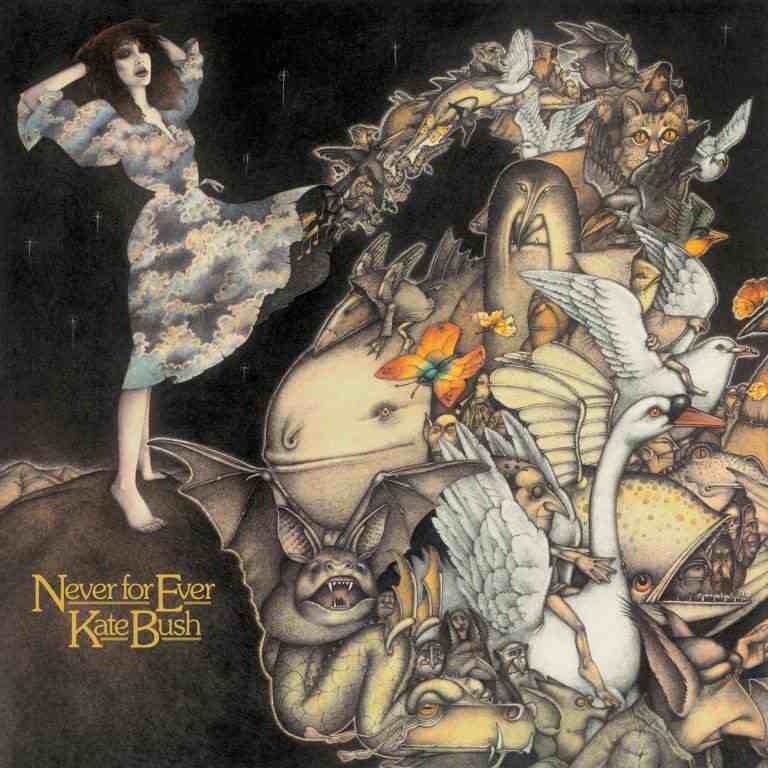
Featured Image by Zebra Pares

